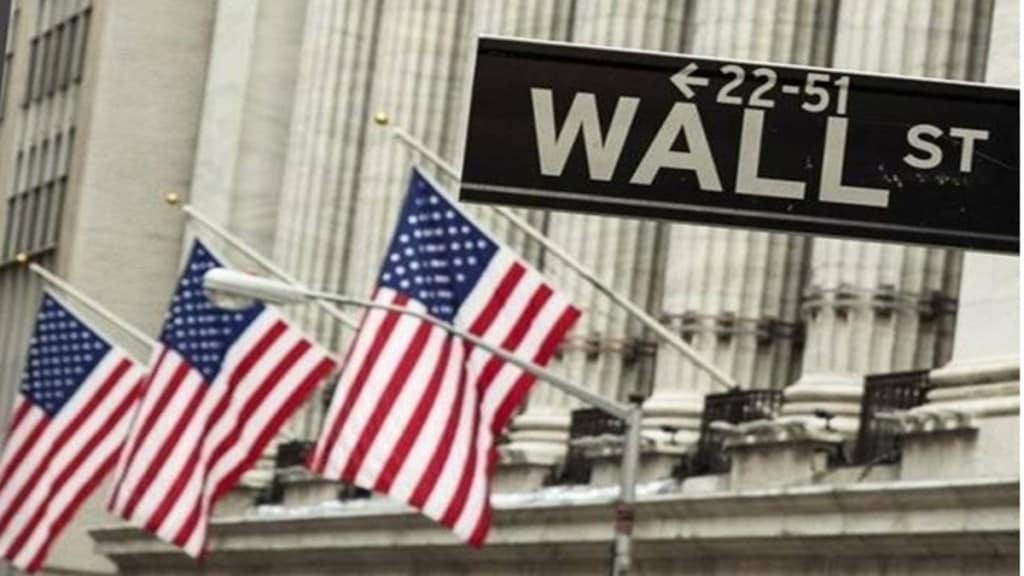Dow Jones Industrial Average (DJI) or Dow 30, S&P 500, and Nasdaq 100 are the three large-cap indices of the US stock market. Some of the world’s top companies are a part of one or all the three indices with retail, institutions, and hedge funds holding a big stake in the companies listed on them.
Dow 30, S&P 500, and Nasdaq 100 have started showing a divergence since the beginning of 2022. Since January 2022, the Dow 30 is down by 13.81 percent, the S&P 500 and Nasdaq 100 are lower by 17.66% and 25.87% respectively. Over the 12-months period, the Dow 30 is down by 11.45 percent, the S&P 500 and Nasdaq 100 are lower by 13.48% and 22.71% respectively.
Dow Jones Industrial Average represents the companies that are based only in the US and is a barometer of the US economy, its businesses, and the consumption trends in the country. The S&P 500 index is the top-most single indicator of large-cap US stocks of nearly 500 leading corporations across about 11 sectors and covers nearly 80 per cent of the market capitalization of US stock exchanges. Nasdaq 100 is much different from these two indexes and is referred to as the tech index of the world. Minus the financial stocks, Nasdaq 100 is a large-cap growth index and includes 100 of the top U.S. and international companies based on market capitalization.
Also Read: U.S. economy heading into a major economic downturn?
What makes Dow Jones Industrial Average (DJI) or Dow 30 different from other indices is that it represents the companies that are based only in the US. The index consists of the top 30 blue-chip companies and is a barometer of the US economy, its businesses, and the consumption trends in the country.
Some of the prominent companies in the 30-stocks Dow index are Boeing, Nike, Goldman Sachs, Walmart, Intel, 3M, UnitedHealth Group, Apple, Coca-Cola, McDonalds, Microsoft etc.
Unlike other indices, in Dow 30, the selection is not governed by quantitative rules but as per the S&P indices website, “a stock is added to the index only if the company has an excellent reputation, demonstrates sustained growth, and is of interest to a large number of investors.”
Nasdaq 100 has a very different list of companies and some of the world’s leading companies across major industry groups such as Industrials, Consumer Goods, Health Care, Consumer Services, Telecommunications, Utilities and Technology have their stocks listed on Nasdaq 100. Some of the top US stocks by weightage in the Nasdaq 100 are Microsoft, Apple, Amazon, Alphabet (Google), Meta (Facebook), Intel, Cisco Systems, Comcast and Pepsico, Tesla, Nvidia, Adobe and Paypal.
Also Read: US stock market investors eyeing these 2 major events in September
In addition to some of the top blue technology stocks as listed on Nasdaq, Johnson & Johnson, Berkshire Hathaway, Visa Inc, JP Morgan Chase forms the formidable list of stocks in the S&P 500. The top three sectors in the S&P 500 are Information Technology, Health Care and Communication Services totaling about 50 per cent of the index.

